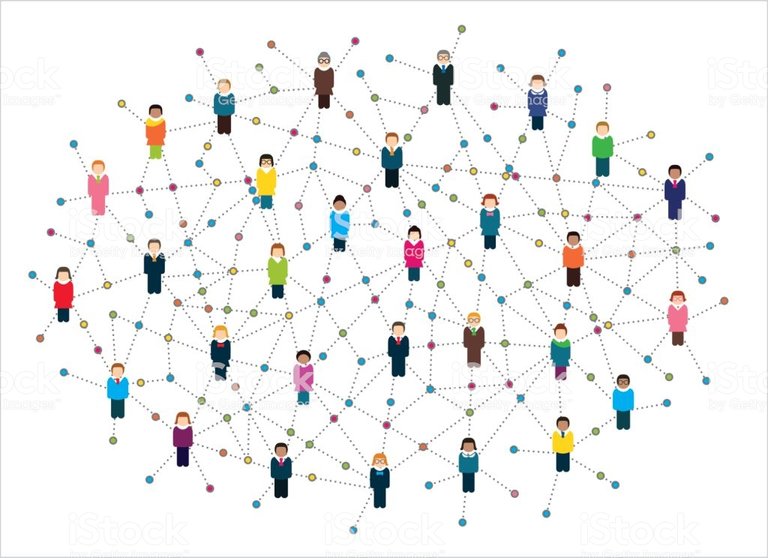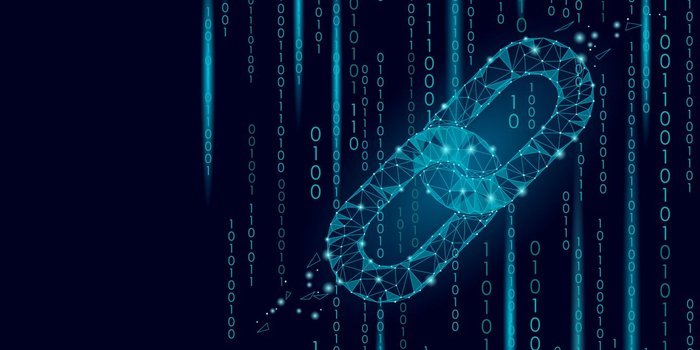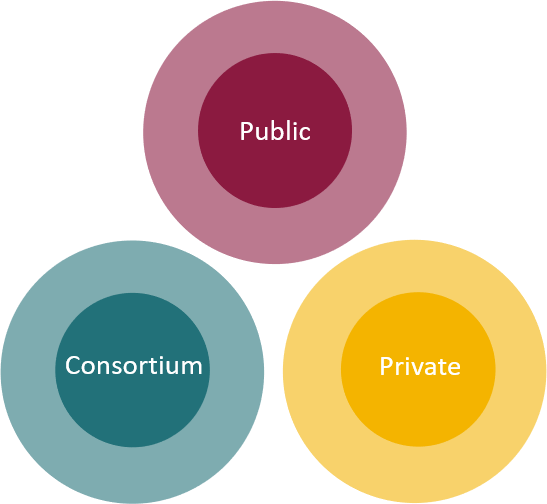What is it all about?
Blockchain is a resourceful creation by Satoshi Nakamoto. Originally it was devised for the digital currency, Bitcoin but eventually people are discovering all the possible ways of using this technology. While Wikipedia describes Blockchain as; A blockchain is a growing list of records, called blocks, which are linked using cryptography.
“Bitcoin will do to banks what email did to the postal industry.” —Rick Falkvinge

Imagine a document that is replicated thousands of times across a network of computers and this network is designed to regularly update this document. This is exactly how blockchain works. It is a network of interconnected nodes; these nodes are the systems attached to the network. All these nodes acquire the same data information in the form of copies. If one document makes a change, the same change in made in all its copies. This is how the system ensures security and transparency and this is how the internet will evolve.
How it works?
So, when you know what blockchain basically is, you need to know what’s happening inside. Information held on a blockchain exists as a shared and repeatedly reconciled database. The blockchain database isn’t stored in any single location, meaning the records it keeps are truly public and easily verifiable.
“Instant transactions, no waiting for checks to clear, no chargebacks, no account freezes , no international wire transfer fee, no fees of any kind, no minimum balance, no maximum balance, worldwide access, always open, no waiting for business hours to make transactions, no waiting for an account to be approved before transacting, open an account in a few seconds, as easy as email, no bank account needed, extremely poor people can use it, extremely wealthy people can use it, no printing press, no hyperinflation, no debt limit votes, no bank bailouts, completely voluntary. This sounds like the best payment system in the world!"—Trace Mayer J.D., a leading expert on Bitcoin and blockchain.

Though blockchain database is not unchangeable, blockchains may be considered safe by design and demonstrates a distributed computing system with high Byzantine fault tolerance. Decentralized consensus has therefore been claimed with a blockchain.
Are there different types of Blockchains?
Yes, blockchains are most commonly divides into three major types:
Public blockchains
A public blockchain has absolutely no access restrictions. Anyone with an Internet connection can send transactions, as well as become a validator
Private blockchains
A private blockchain is allowed. Cannot join unless invited by network administrators. The access of the participant and the validator is restricted.
Blockchains of the consortium
It is often said that a chain of blocks in the consortium is semi-centralized. It is also authorized, but instead of being controlled by a single organization, several companies can operate a node in that network.

If you need to know more, please visit the links below:
https://www.investopedia.com/terms/b/blockchain.asp
https://lifehacker.com/what-is-blockchain-1822094625
RNS Sol is a service provider. We provide all kinds of ICO development and marketing services. For contact and details visit our website.
www.rnssol.com
Follow us for updates and feedback:
https://twitter.com/rnssol
https://bitcointalk.org/index.php?action=profile
https://medium.com/@rnssol
https://steemit.com/@rnssol
https://www.reddit.com/user/rnssol
https://www.facebook.com/rnssol/
Telegram: RNS Solutions
Hi! I am a robot. I just upvoted you! I found similar content that readers might be interested in:
https://blockgeeks.com/guides/what-is-blockchain-technology/